Colorful flower with seemingly endless phenotypes?
minutemaid2010
13 years ago
Related Stories

COLORFUL HOMESHouzz Tour: Color Brings Endless Summer to a Santa Monica Home
An interior designer gives her older house a casual cottage feel with vibrant hues and vintage pieces
Full Story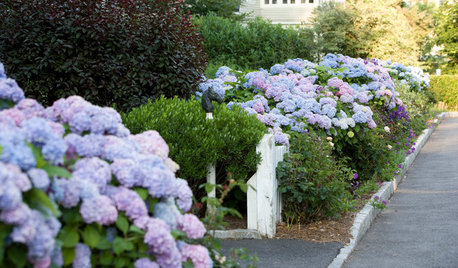
FLOWERSWhy You Should Give Hydrangeas a Place in Your Yard
The exuberant mop-headed beauties evoke dreams of an endless summer by the sea
Full Story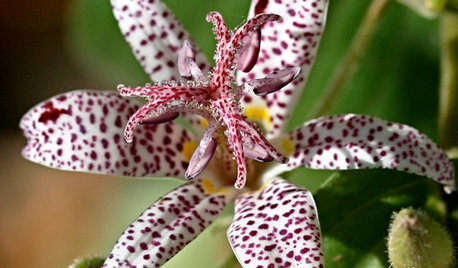
SUMMER GARDENING10 Perennials to Extend Your Garden's Summer Color
Revive summer-weary gardens with outstanding late bloomers such as toad lily, Russian sage, blanket flower and more
Full Story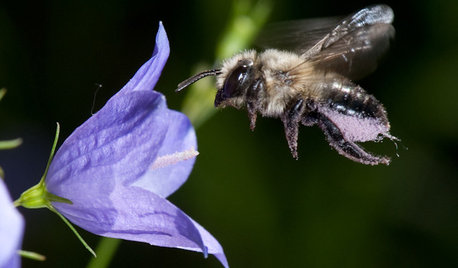
NATIVE PLANTSGreat Design Plant: Color Outside the Lines With Bluebell Bellflower
Plant this Campanula on pathway and patio edges for shots of bright blue from May through September
Full Story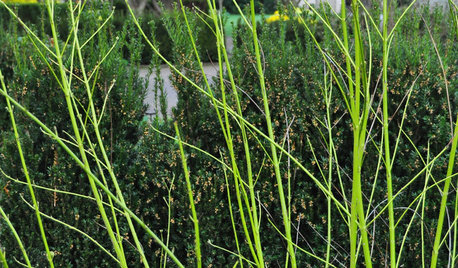
Wake Up Your Garden With Lime-Colored Plants
A sprinkle of bright lime foliage can invigorate darker green garden areas and enliven shady spots all around your landscape
Full Story
DECORATING GUIDESNo Neutral Ground? Why the Color Camps Are So Opinionated
Can't we all just get along when it comes to color versus neutrals?
Full Story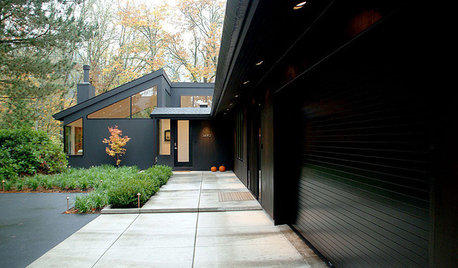
EXTERIOR COLOROn Trend: Bold and Black Exterior House Color
All-black and coal-gray exteriors make a nonconformist statement on homes of any style and size
Full Story
SUMMER GARDENINGHow to Grow Basil
Bright color, quick growth and endless uses for cooking make this summer annual a winner in the garden or a pot
Full Story
EXTERIORSHelp! What Color Should I Paint My House Exterior?
Real homeowners get real help in choosing paint palettes. Bonus: 3 tips for everyone on picking exterior colors
Full Story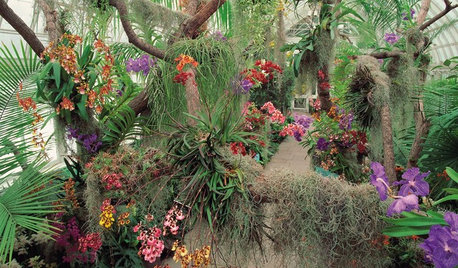
FLOWERSSee the Amazing Orchids Unfolding at a New York Garden Show
Get an eyeful of awe-inspiring orchids in incredible colors and learn how to keep one happily blooming at home
Full StoryMore Discussions






lanceolata
farmfreedom
Related Professionals
Eagle Landscape Contractors · Flagstaff Landscape Contractors · Hawaii Landscape Contractors · Olympia Landscape Contractors · Waldorf Landscape Contractors · New Carrollton Landscape Contractors · Olathe Carpenters · Pearland Carpenters · Coto De Caza Carpenters · Anaheim Fence Contractors · Bothell Fence Contractors · Green Valley Fence Contractors · Peoria Fence Contractors · Tallahassee Fence Contractors · Torrance Fence Contractorszen_man
keking
zen_man
zen_man
keking
zen_man
keking
farmfreedom
zen_man
keking
zen_man
zen_man
keking
zen_man
keking
zen_man
farmfreedom
zen_man
Kevin1962
zen_man
Kevin1962
zen_man
zen_man
Kevin1962